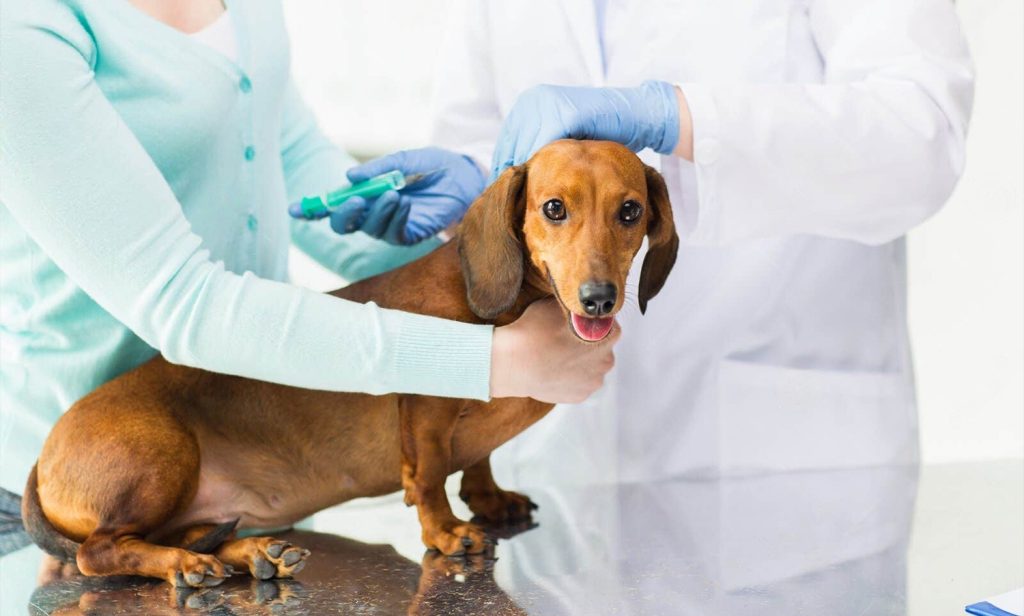
Tranquilization/Sedation
If travel, thunder, or fireworks upset your pet, he or she may benefit from tranquilization or sedation. While sedated, the animal will stay awake or sleep lightly but can be roused when stimulated. To minimize any potential risk associated with tranquilization or sedation, we need to assess each animal individually before we dispense these medications.
Please contact us if you would like to set up an assessment or discuss sedation with us.
Pain Management and Control
We know the issue of pain management is of great concern to pet owners today. As in human medicine, we have a variety of medications available to manage your pet’s pain both before and after surgery and in the event of trauma. We would be pleased to discuss the options available to you and your pet under any of the above circumstances.
General Anesthesia
For some procedures, your pet will need to be administered general anesthesia so that he or she will be unconscious and not feel pain. Many pet owners worry about their pets being administered general anesthesia. We can assure you that modern anesthesia is generally quite safe; to further lower any risk, we perform a physical examination and run blood work ahead of time to catch any underlying health issues. In addition, we follow a specific anesthetic protocol, including monitoring vital signs during the procedure, to ensure the safety of our patients.
We begin most general anesthetic procedures by administering a sedative to help the pet relax and decrease any anxiety and pain. We then administer an intravenous drug to provide complete anesthesia and place a breathing tube into the patient’s trachea (windpipe). To maintain the state of unconsciousness, we deliver a gas anesthetic in combination with oxygen through the breathing tube.
Please contact us if you have any questions or concerns about your pet receiving general anesthesia or about the procedure for which your pet is scheduled.
Local Anesthesia
If your pet is having a minor surgical or diagnostic procedure performed, we sometimes use a local anesthetic to help control pain. For example, when we perform a biopsy (in which a small portion of tissue is surgically removed so it can be examined), we often use a local anesthetic. Local anesthetics cause a loss of sensation in the area where the procedure is being performed. We sometimes use a sedative and/or anxiolytic (anti-anxiety medication) in combination with the local anesthetic to keep pets calm during a procedure.
Please contact us if you have any questions or concerns about your pet receiving local anesthesia or about the procedure for which your pet is scheduled.

27Sep
5 Reasons to Vaccinate Your Indoor Cats
1. Protects your pet If your cat is vaccinated, he/she is protected from a number of serious,
30Sep
7 Tips to Help Prevent Obesity in Your Cat
Many pet cats are overweight or obese. According a survey conducted in 2018 by the Association for
01Oct
The ROI of Educating Clients About Pet Insurance
Veterinary care and practice revenue represent a strange but important equation right now for
Any Emergency?